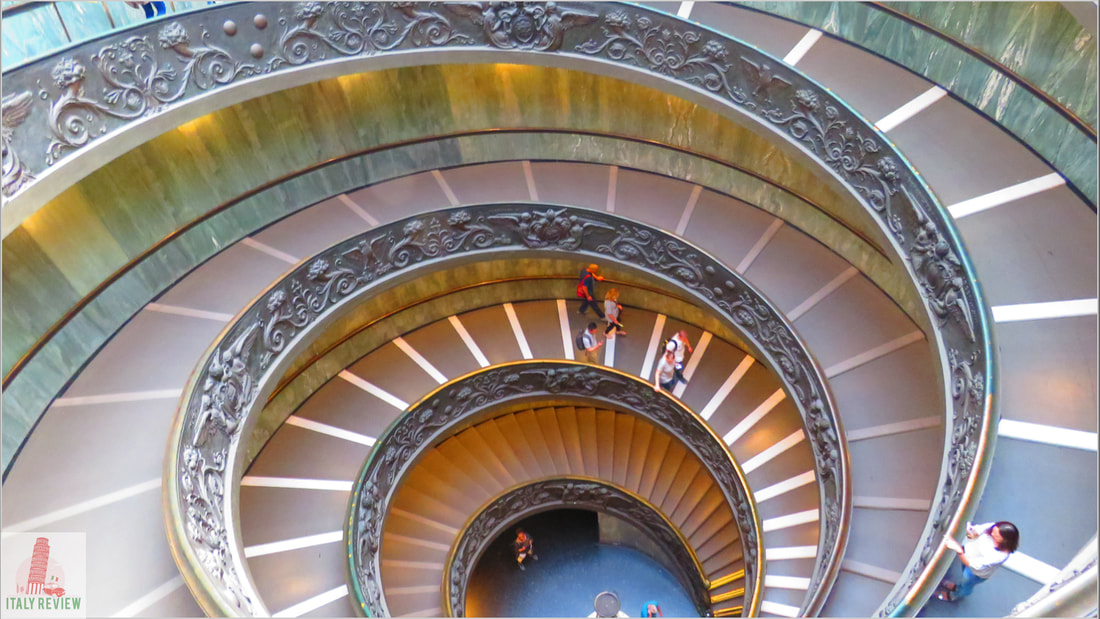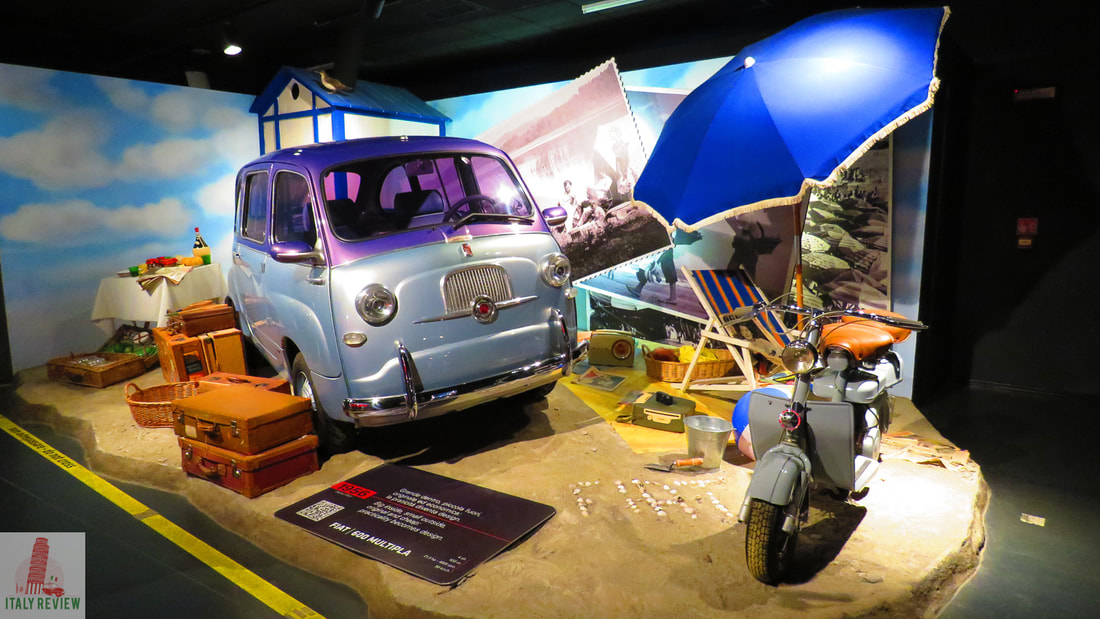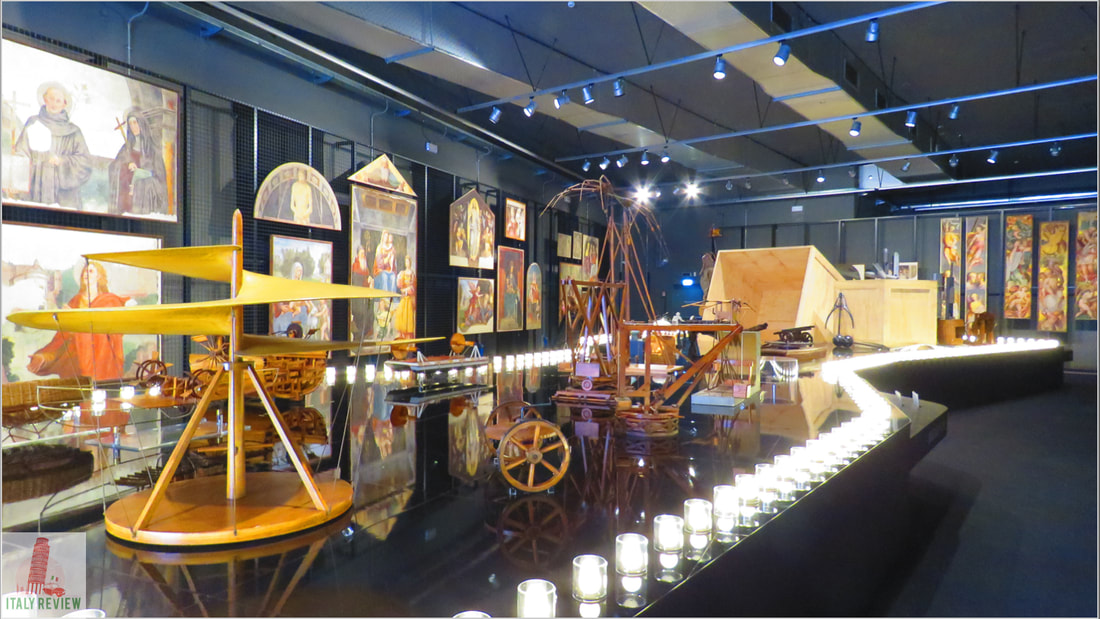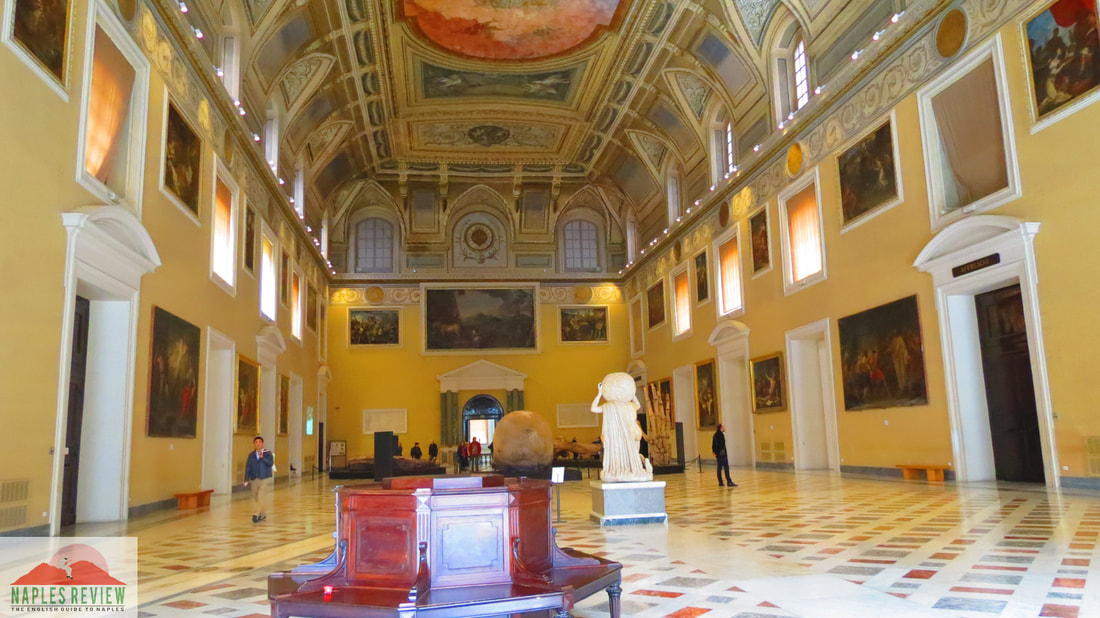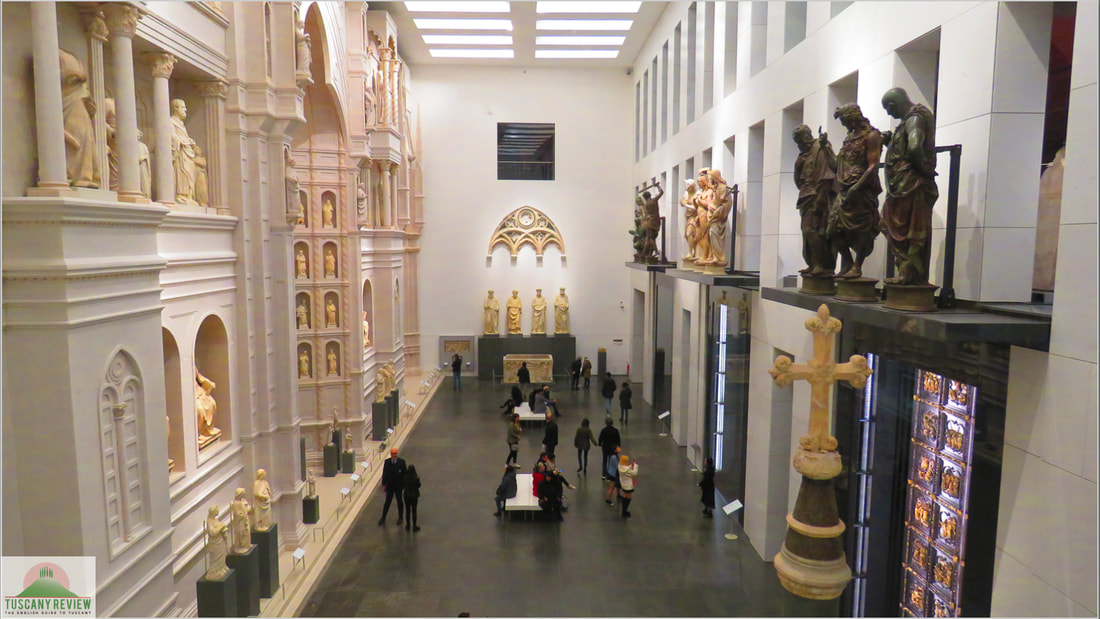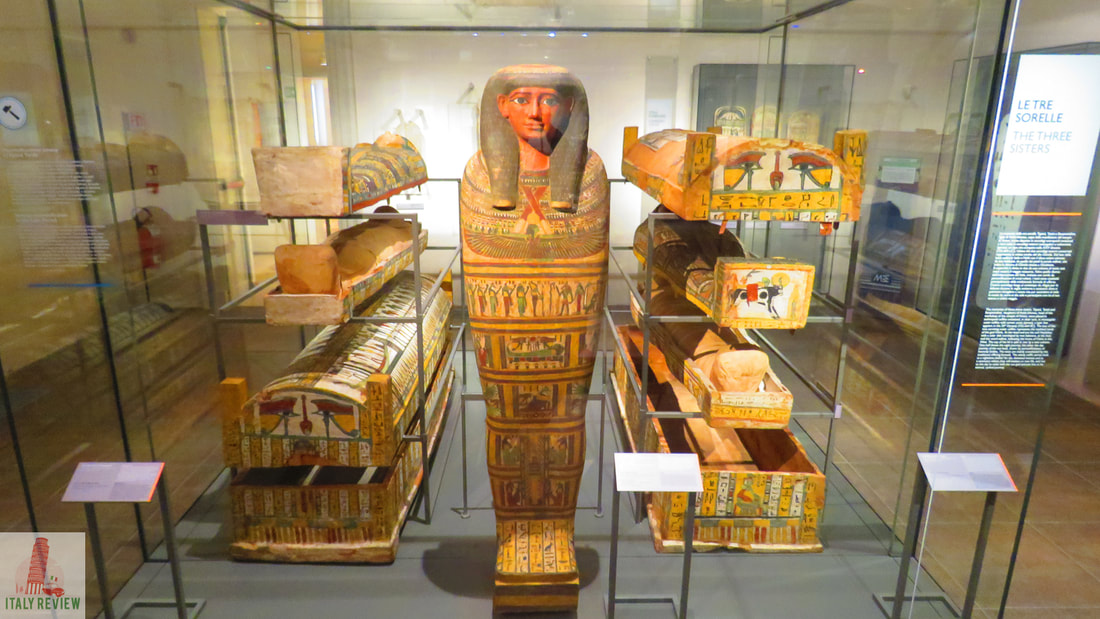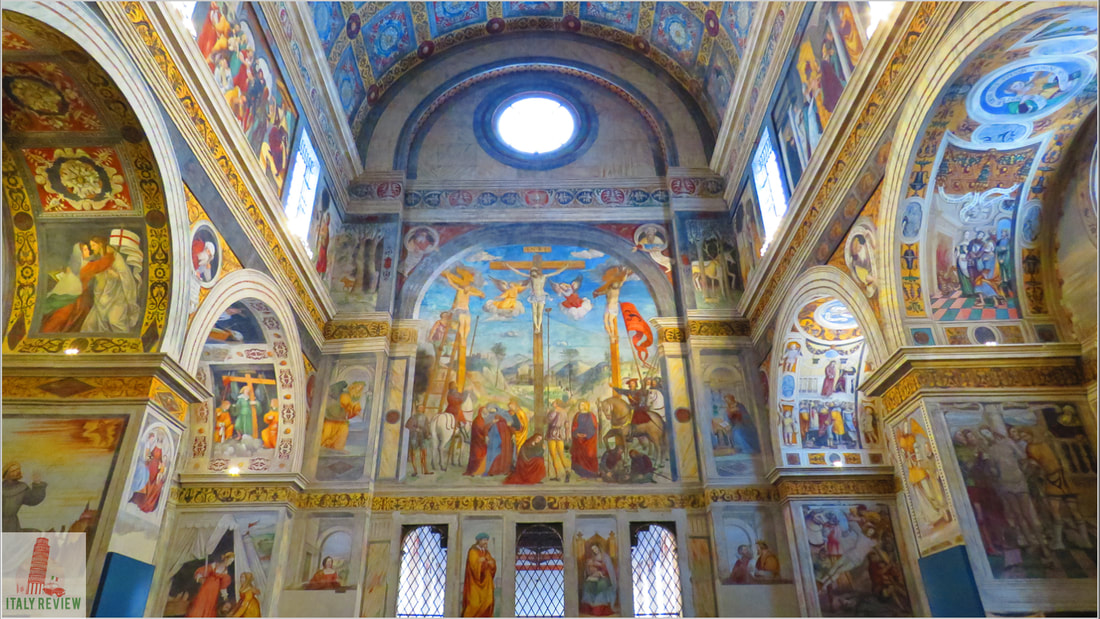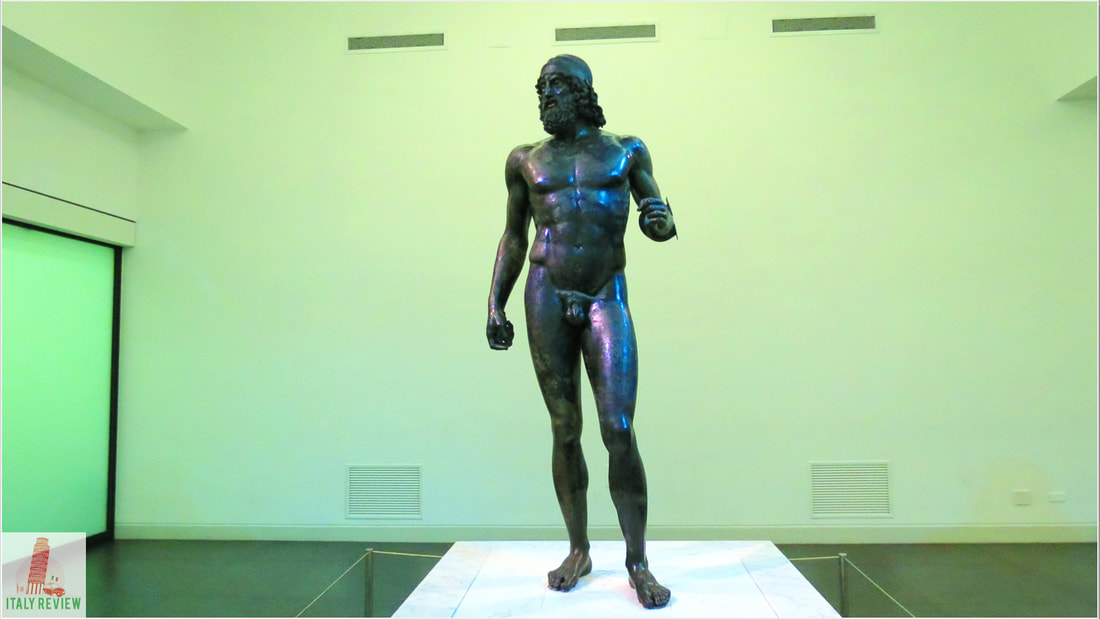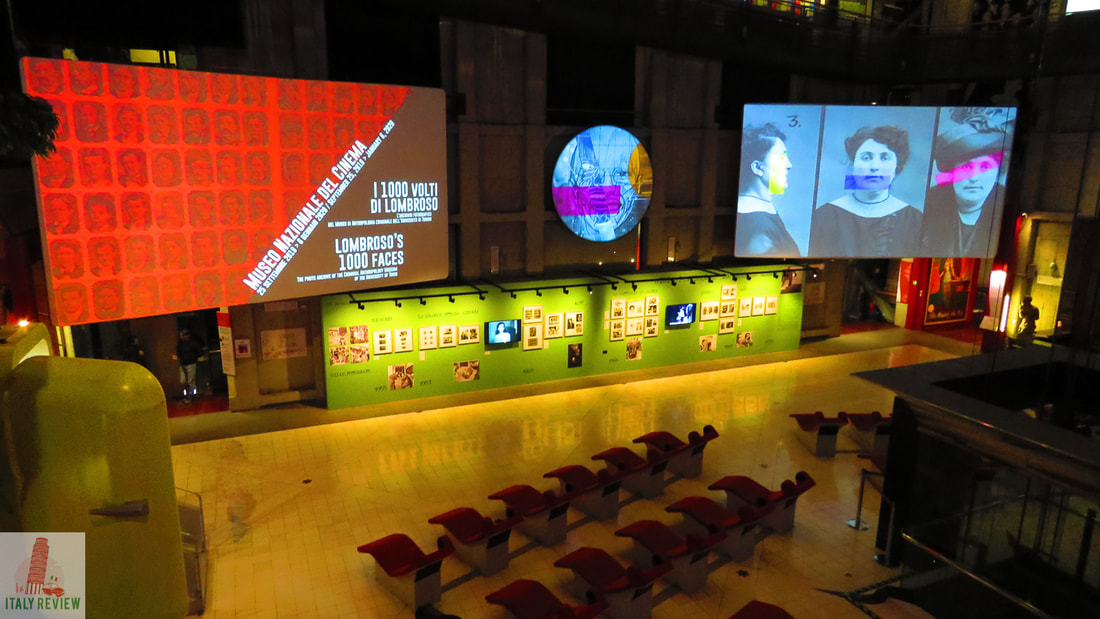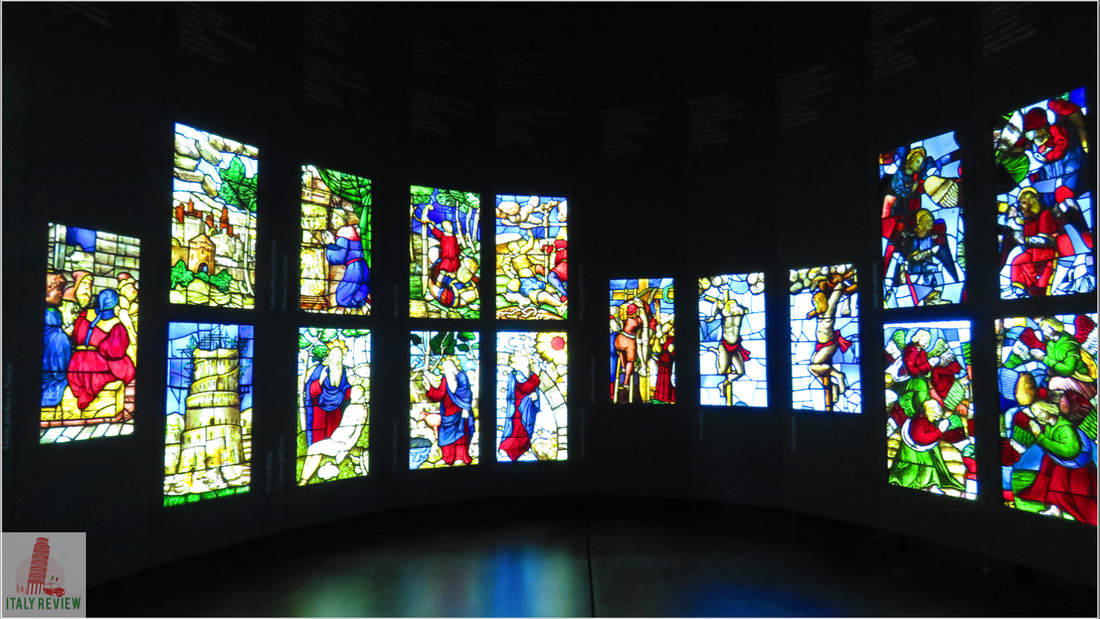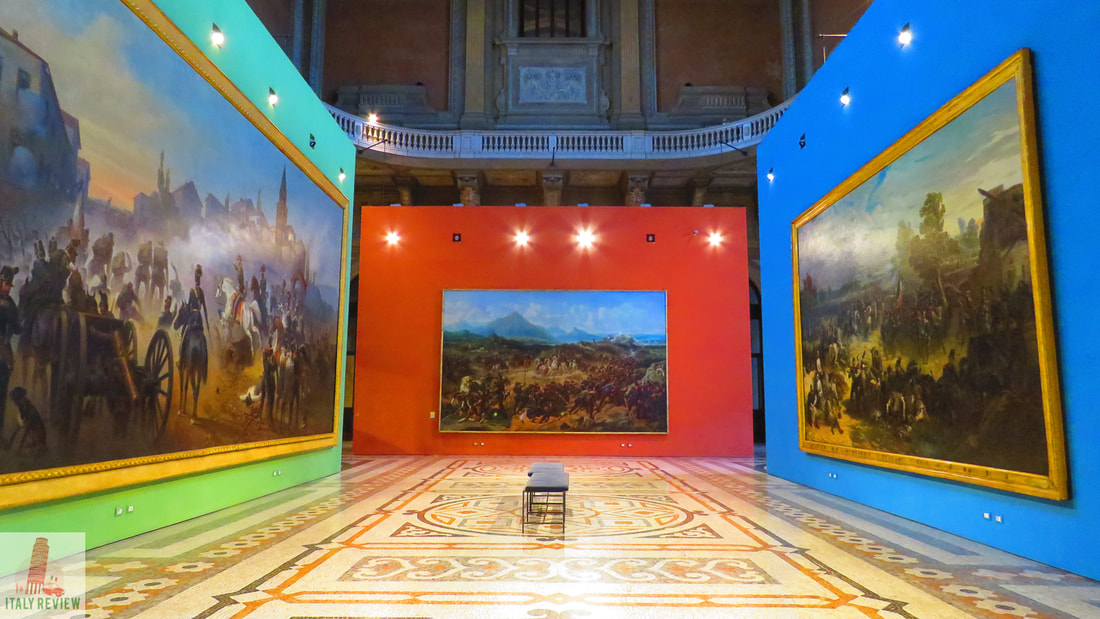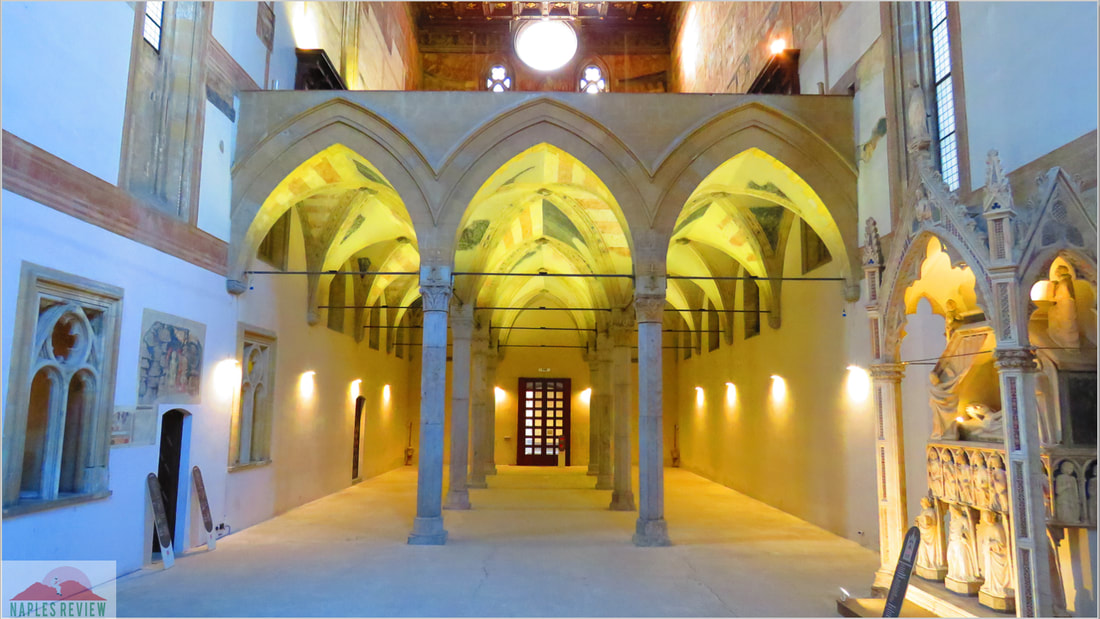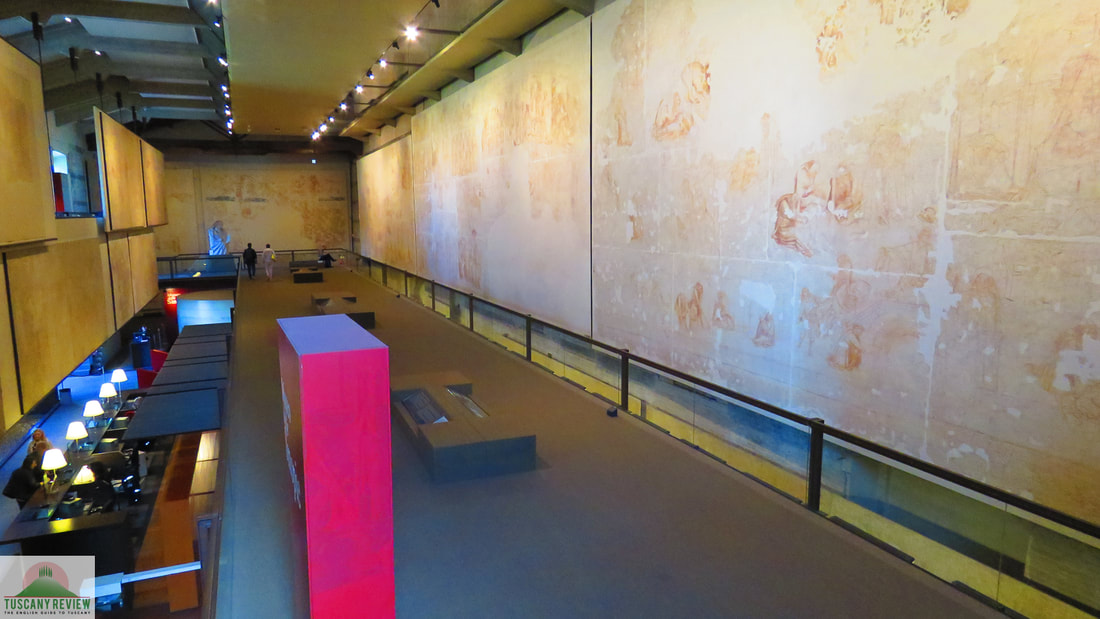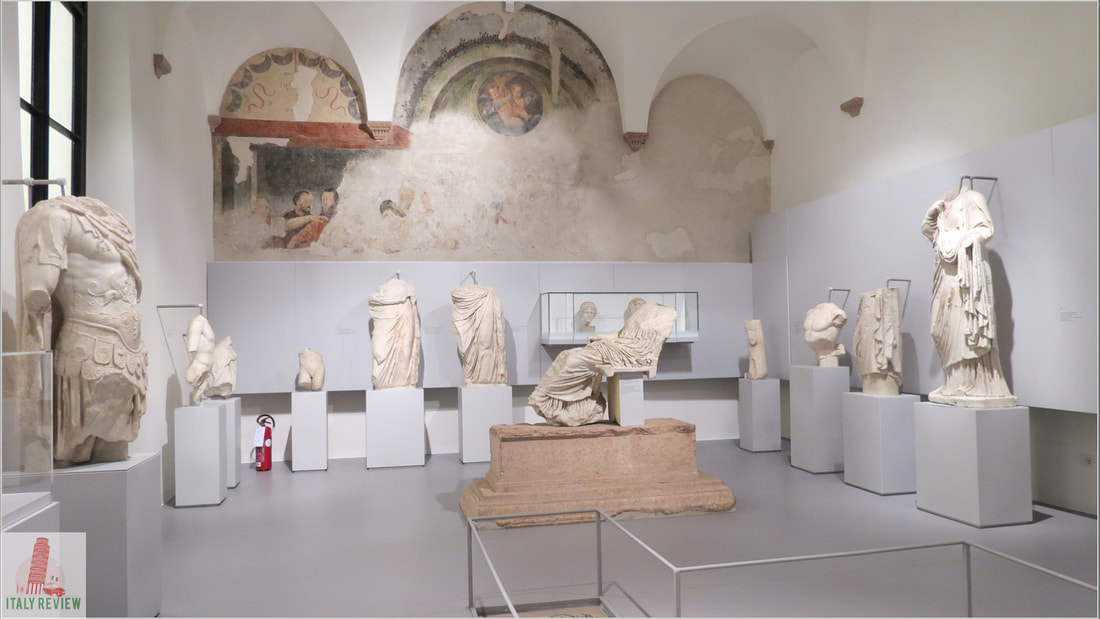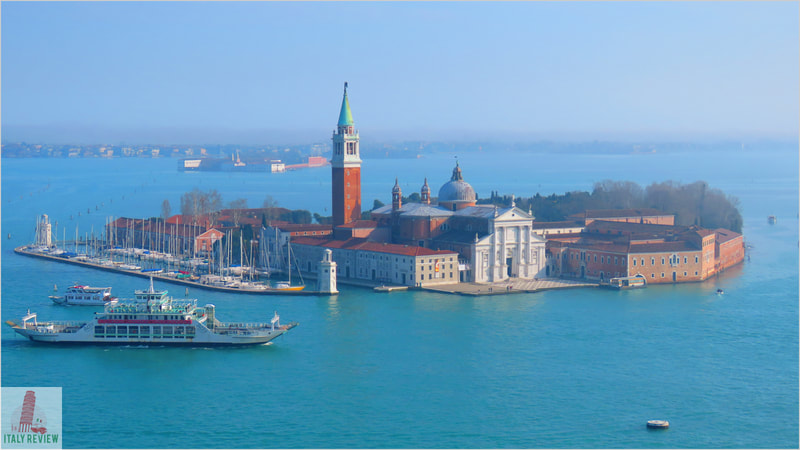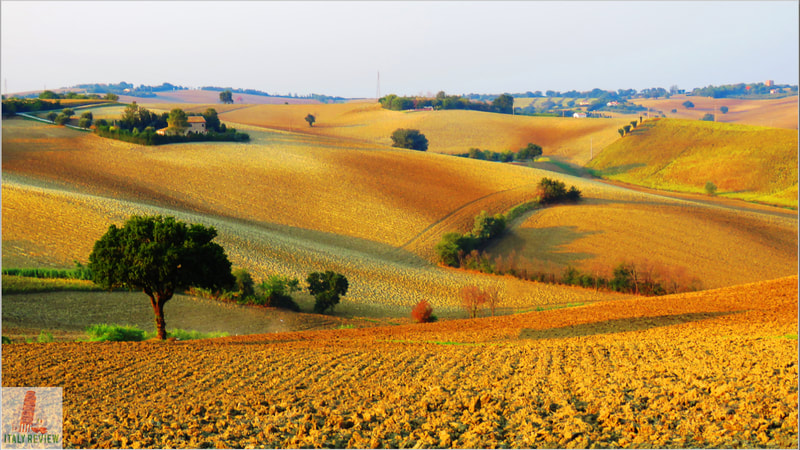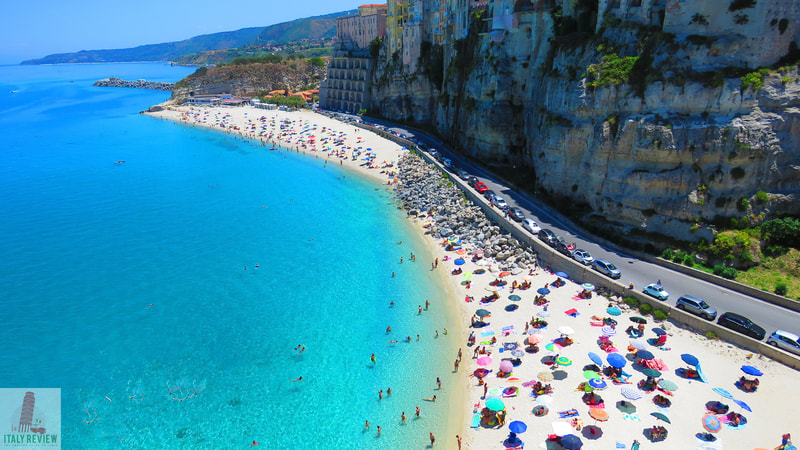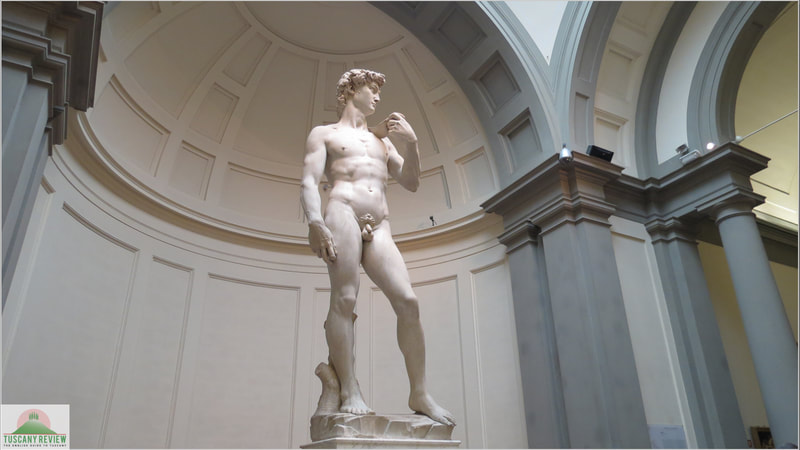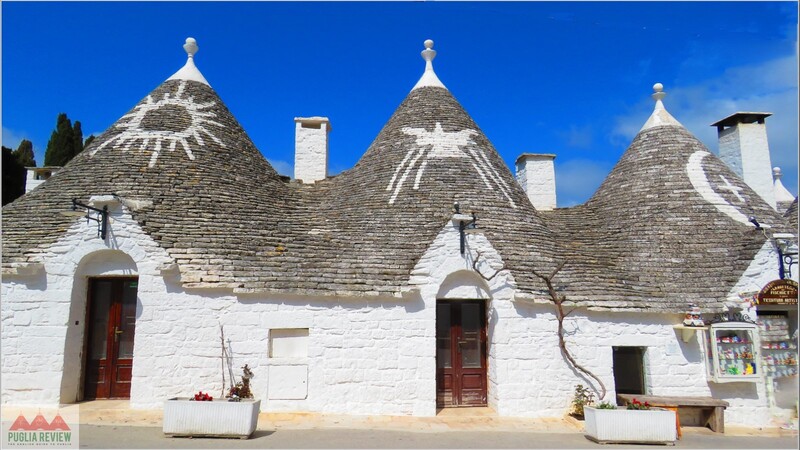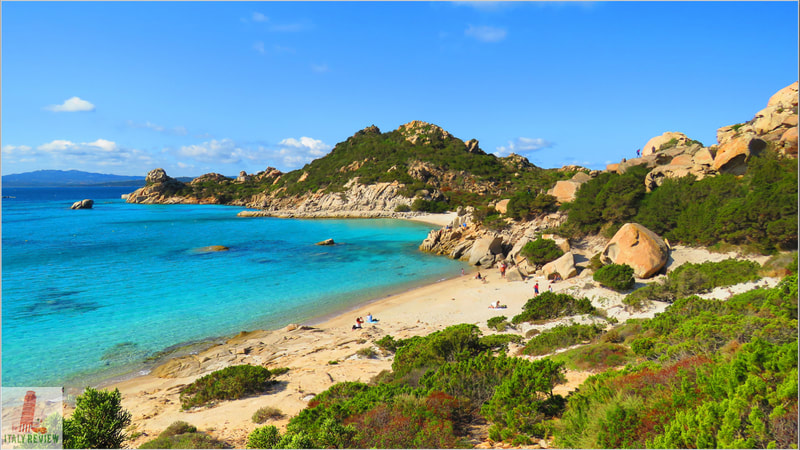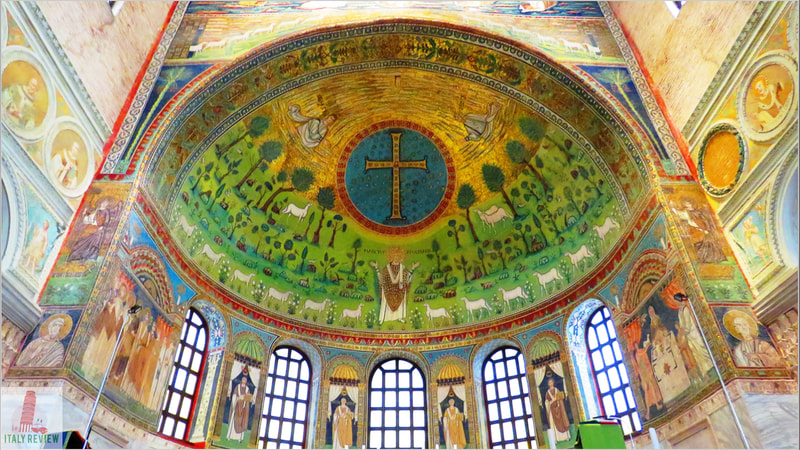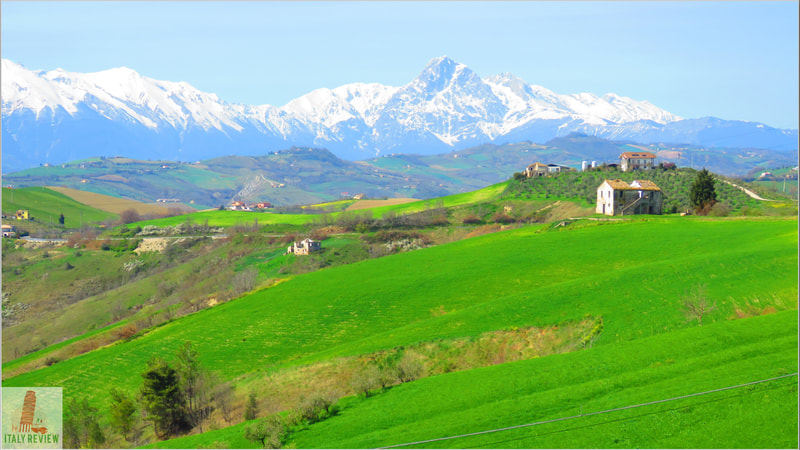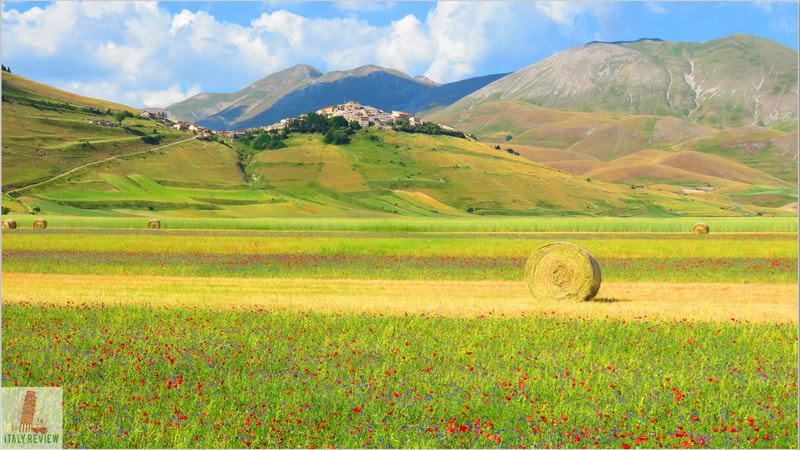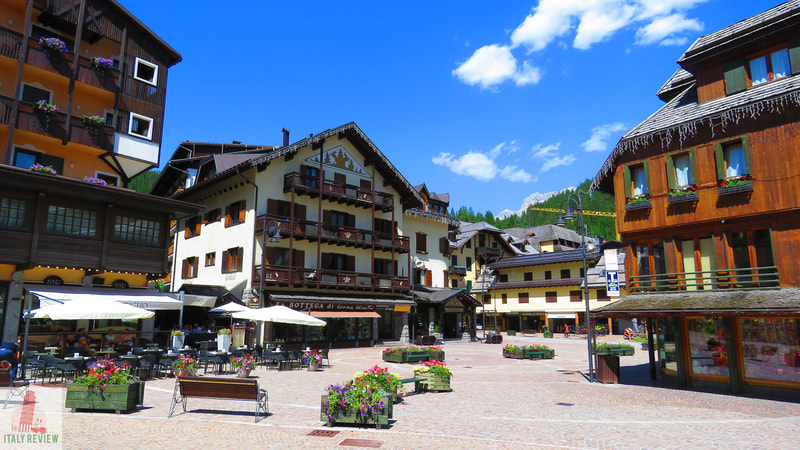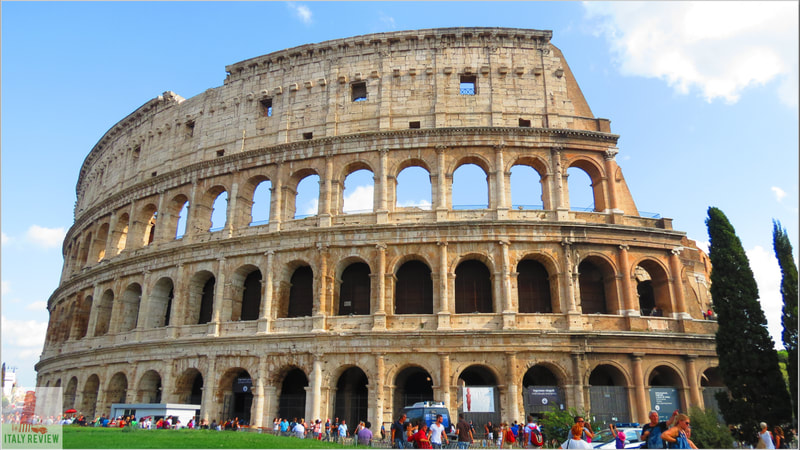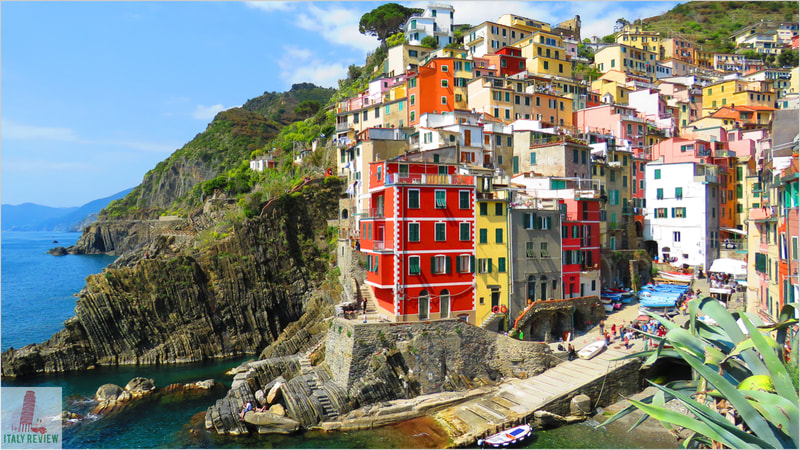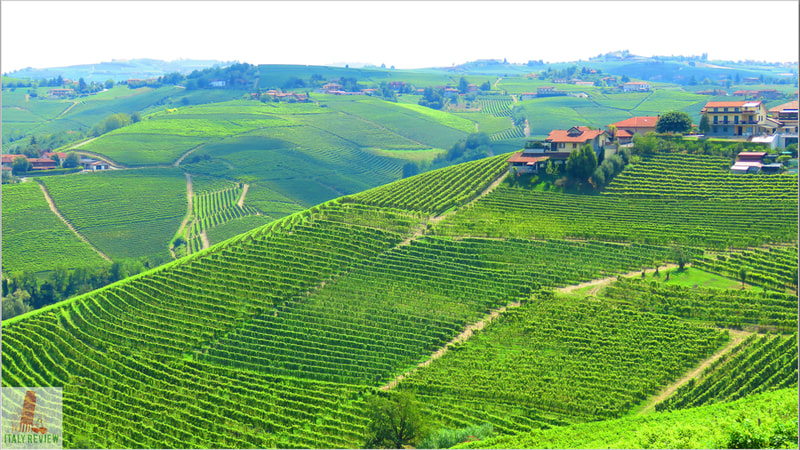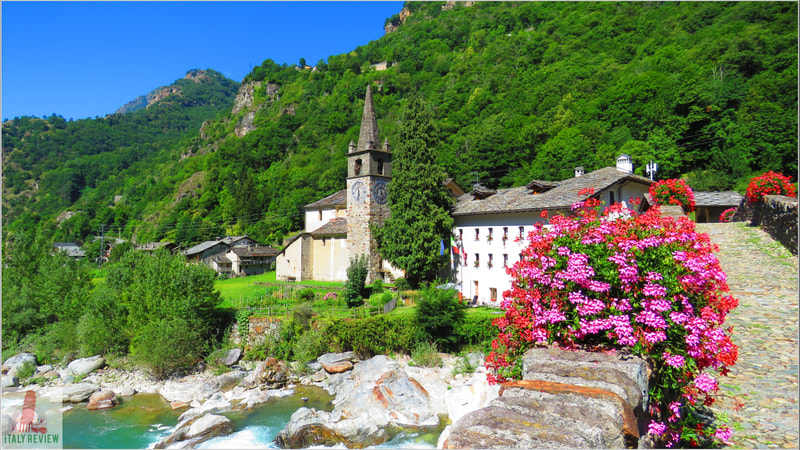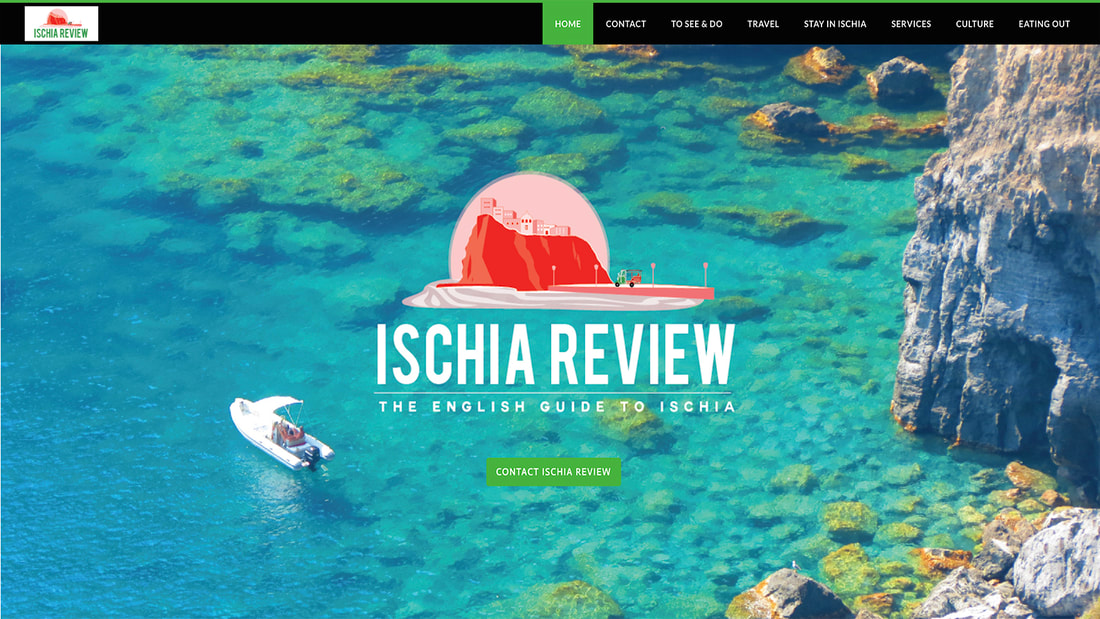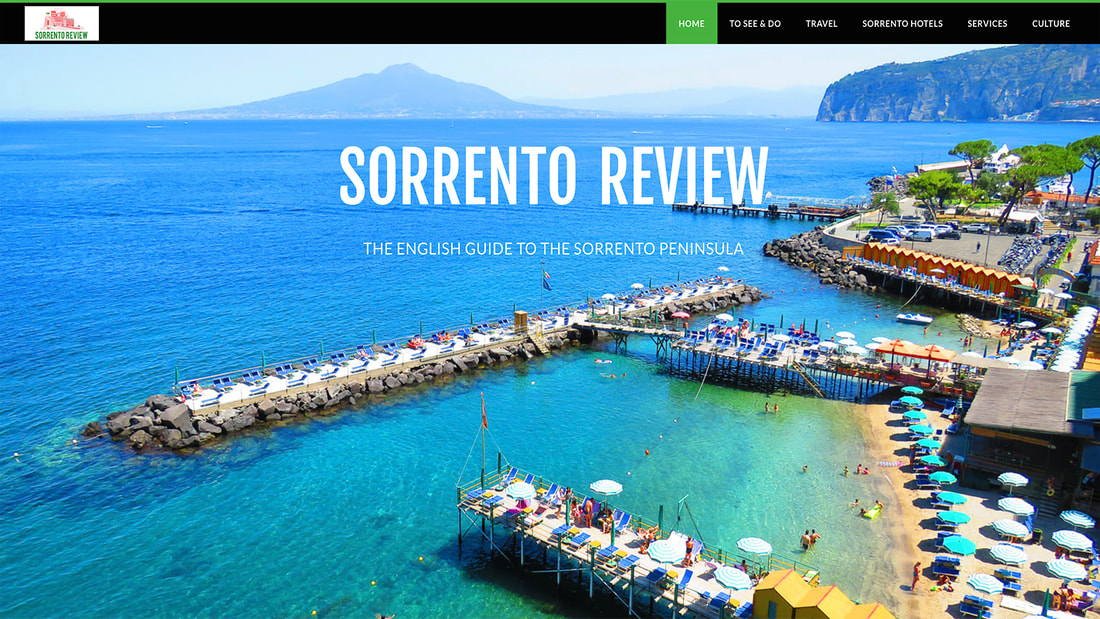Museums of Italy
|
By Dion Protani
|
Latest update: 17 January 2024
|
|
To produce a concise list of Museums of Italy is no easy feat as it requires hundreds of worthy candidates to be cast to one side so this collection of 14 museums merely represents the tip of the iceberg.
The majority of Italy's great museums can be found in the country's major cities with just Rome on its own providing an eye-popping choice of hundreds of such institutions. To select just one museum from Rome requires a hop across into a different country, the Vatican City whose attractions include Saint Peter's Basilica, Piazza San Pietro and of course the Vatican Museums. However, featuring most frequently on this list which may come as a surprise to many, is the city of Turin. |
Related links
This list has loosely been laid out in an order of most enjoyable to visit and Turin has done a fantastic job with its museums with the National Automobile Museum just about the best of those. In Milan, the National Museum of Science and Technology has some wonderful, innovative displays which is quite appropriate as much of it is dedicated to the innovations of Leonardo da Vinci who spent much of his life in the city. Heading south for the first time on this list, the Naples National Archaeological Museum is widely regarded as the best of its genre in Italy and one of the leading archaeological museums in Europe.


